Home>Gardening & Outdoor>Plant Care & Gardening Tips>When Should I Get Mums
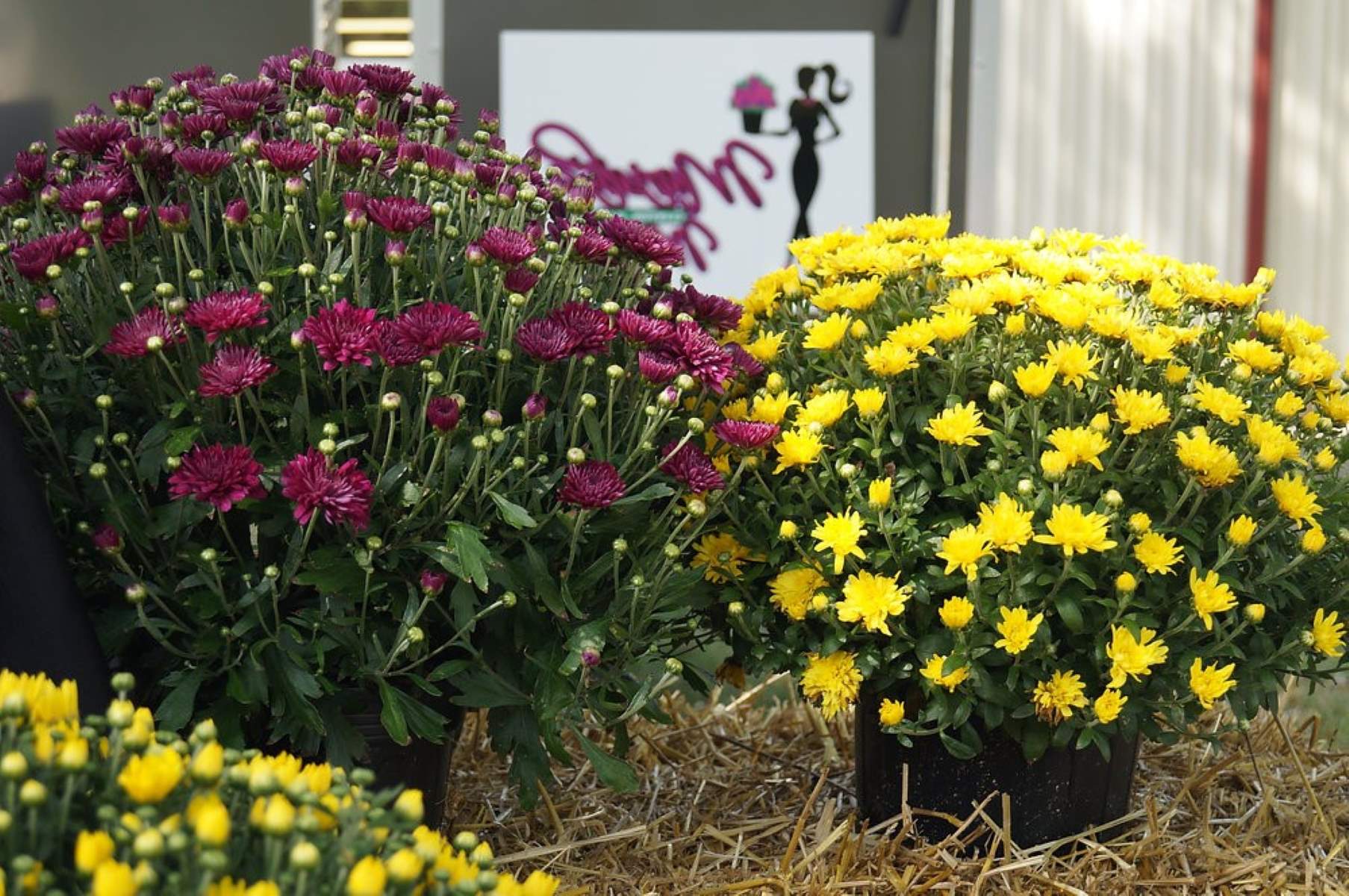

Plant Care & Gardening Tips
When Should I Get Mums
Modified: March 2, 2024
Learn the best plant care and gardening tips for mums. Discover when to plant and care for mums to ensure a vibrant and beautiful garden.
(Many of the links in this article redirect to a specific reviewed product. Your purchase of these products through affiliate links helps to generate commission for Storables.com, at no extra cost. Learn more)
Benefits of Mums
Mums, scientifically known as Chrysanthemums, are renowned for their stunning blooms and remarkable versatility. These vibrant flowers offer a myriad of benefits that make them a popular choice for gardeners and plant enthusiasts. Here are some of the key advantages of incorporating mums into your garden:
-
Aesthetic Appeal: Mums are celebrated for their captivating array of colors, including shades of red, yellow, orange, pink, and white. Their diverse color palette allows for endless creative possibilities when designing a visually striking garden or floral arrangement.
-
Seasonal Blooms: These resilient flowers bloom in the fall, adding a burst of color to landscapes during a time when many other plants are fading. Their late-season flowering makes them a valuable addition to any garden, providing a stunning display of color when other plants may be past their prime.
-
Low Maintenance: Mums are relatively low-maintenance plants, making them an excellent choice for both experienced gardeners and beginners. Once established, they require minimal care and attention, thriving in a variety of soil types and weather conditions.
-
Longevity: With proper care, mums can return year after year, making them a sustainable and cost-effective option for gardeners seeking long-term beauty in their outdoor spaces.
-
Pollinator Attraction: Mums are known to attract pollinators such as bees and butterflies, contributing to the overall health and biodiversity of the garden ecosystem.
-
Versatility: Whether used in landscaping, container gardening, or as cut flowers in floral arrangements, mums offer versatility in their applications, allowing for a wide range of creative uses in both indoor and outdoor settings.
-
Symbolism: In many cultures, mums symbolize joy, longevity, and fidelity, making them a meaningful choice for special occasions and gifts.
Incorporating mums into your garden not only adds visual appeal but also contributes to the overall health and vibrancy of your outdoor space. With their stunning blooms, low maintenance requirements, and symbolic significance, mums are a valuable addition to any garden or floral display.
Key Takeaways:
- Plant mums in early spring or late summer for vibrant fall blooms. Choose a sunny, well-drained spot and water regularly for stunning, low-maintenance flowers.
- Divide mums in early spring to promote healthy growth and propagate new plants. Replant in nutrient-rich soil for a thriving, colorful garden.
Read more: When Should You Cover Mums
Best Time to Plant Mums
Planting mums at the optimal time is crucial for ensuring their successful establishment and abundant blooming. The best time to plant mums is in the early spring or late summer, allowing them to develop strong root systems before the harsh conditions of winter or the heat of summer set in.
In regions with mild winters, early spring planting provides mums with ample time to acclimate to their new environment and establish healthy roots before the arrival of colder temperatures. This early start allows the plants to settle in and prepare for their spectacular fall display.
On the other hand, late summer planting, typically in late August or early September, is ideal for regions with harsh winters. This timing enables the mums to take root and become well-established before the onset of winter frost. By planting in late summer, the mums have sufficient time to develop strong root systems, ensuring their ability to withstand the challenges of the upcoming winter season.
When planting mums, it is essential to select a location that receives ample sunlight, as these plants thrive in full sun to partial shade. Additionally, well-draining soil is crucial for the health and longevity of mums, as they are susceptible to root rot in waterlogged conditions.
Before planting, it is advisable to prepare the soil by incorporating organic matter such as compost or peat moss to improve drainage and provide essential nutrients. Once the mums are in the ground, watering them thoroughly and applying a layer of mulch will help retain moisture and regulate soil temperature, promoting healthy growth.
By planting mums at the optimal times and providing them with the right growing conditions, gardeners can ensure that these beautiful flowers will flourish and bring joy with their vibrant blooms. Whether planted in the spring to establish strong roots or in late summer to prepare for the coming winter, mums are sure to add a stunning burst of color to any garden when given the right start.
How to Care for Mums
Caring for mums is essential to ensure their longevity and vibrant blooms. By following these simple guidelines, gardeners can help their mums thrive and flourish throughout the growing season.
1. Watering
Proper watering is crucial for the health of mums. These plants prefer consistently moist soil, so it's important to water them regularly, especially during dry periods. However, it's equally important to avoid overwatering, as mums are susceptible to root rot in waterlogged conditions. To strike the right balance, aim to keep the soil evenly moist, allowing excess water to drain away to prevent waterlogged roots.
2. Sunlight
Mums thrive in full sun to partial shade, so it's essential to provide them with adequate sunlight. When selecting a planting location, choose an area that receives at least six hours of sunlight per day. In regions with intense summer heat, providing some afternoon shade can help protect the plants from excessive heat stress.
Read more: When Can I Plant Mums
3. Soil and Fertilization
Well-draining soil is crucial for mums, as they are susceptible to root rot in waterlogged conditions. Before planting, ensure that the soil is well-draining, amending it with organic matter such as compost or peat moss if necessary. Additionally, applying a balanced fertilizer in the early spring can help promote healthy growth and abundant blooms. However, it's important to avoid over-fertilization, as this can lead to leggy growth and reduced flowering.
4. Deadheading
Regular deadheading, the removal of spent blooms, can encourage mums to produce new flowers and prolong their blooming period. By snipping off faded blooms, gardeners can redirect the plant's energy into producing new buds, resulting in a more abundant and prolonged display of colorful flowers.
5. Winter Protection
In regions with harsh winters, providing winter protection for mums is essential. Applying a layer of mulch around the base of the plants in late fall can help insulate the roots and protect them from freezing temperatures. Additionally, some gardeners choose to overwinter mums in containers, providing them with extra protection from the cold.
By following these care guidelines, gardeners can ensure that their mums remain healthy and vibrant, providing a stunning display of color and beauty in the garden. With proper watering, sunlight, soil preparation, and maintenance practices such as deadheading, mums can thrive and bring joy with their spectacular blooms.
Choosing the Right Variety of Mums
Selecting the right variety of mums is a pivotal decision for gardeners, as it can significantly impact the overall aesthetic and success of a garden or floral display. With a wide array of options available, each boasting unique characteristics and growing requirements, it's essential to consider several factors when choosing the perfect mums for your outdoor space.
-
Bloom Time: Mums are categorized based on their bloom time, with early, mid-season, and late-blooming varieties. By strategically selecting a mix of these types, gardeners can ensure a prolonged and continuous display of colorful blooms throughout the fall season, creating a visually captivating landscape.
-
Plant Height and Form: Mums come in various heights and forms, ranging from compact and bushy to tall and upright. When planning a garden or floral arrangement, it's important to consider the desired visual impact and the surrounding landscape. Taller varieties can serve as striking focal points, while compact mums are ideal for borders and container gardening.
-
Color Palette: Mums offer an extensive range of colors, from vibrant reds and oranges to soft pastels and creamy whites. When selecting mums, consider the existing color scheme of the garden or the intended design of floral arrangements. By incorporating a diverse selection of colors, gardeners can create visually dynamic and harmonious displays.
-
Hardiness Zone: It's crucial to choose mums that are well-suited to the specific hardiness zone of the planting location. By selecting varieties that are adapted to the local climate and environmental conditions, gardeners can ensure the long-term success and resilience of their mums.
-
Specialty Varieties: In addition to traditional garden mums, there are specialty varieties such as spider mums, quill mums, and spoon mums, each featuring distinctive petal shapes and textures. These unique varieties can add an element of intrigue and diversity to floral arrangements, making them a valuable addition to any garden or bouquet.
By carefully considering these factors and selecting a diverse range of mums, gardeners can create visually captivating and dynamic outdoor spaces, filled with an array of colors, forms, and textures. Whether used in landscaping, container gardening, or floral design, choosing the right variety of mums is an opportunity to infuse creativity and personality into the garden, resulting in a stunning and vibrant display of fall beauty.
Read more: When Should You Plant Mums In The Ground
When to Divide Mums
Dividing mums is a beneficial practice that rejuvenates the plants, promotes healthy growth, and allows gardeners to propagate new mums for additional garden areas or sharing with fellow gardening enthusiasts. Knowing when to divide mums is essential for ensuring the success of this process and the continued vitality of the plants.
The ideal time to divide mums is in the early spring, just as new growth begins to emerge. This timing allows the divided segments to establish strong root systems and acclimate to their new growing conditions before the onset of the hot summer months. Dividing mums in the early spring provides ample time for the plants to recover from the division process and develop robust root structures, setting the stage for a prolific blooming season in the fall.
When dividing mums, it's important to choose healthy, well-established plants that have been growing in the same location for at least two to three years. These mature plants are prime candidates for division, as they often develop dense clumps with overcrowded roots, leading to reduced flowering and overall vigor. By dividing these established clumps, gardeners can rejuvenate the mums, promoting better airflow, nutrient uptake, and overall health.
To divide mums, start by carefully digging up the entire clump, taking care to preserve the root system as much as possible. Once the clump is lifted, gently separate it into smaller sections, ensuring that each division contains healthy roots and several vigorous shoots. It's essential to use sharp, clean gardening tools to minimize damage to the roots and stems during the division process.
After dividing the mums, replant the segments in well-prepared soil, incorporating organic matter such as compost to provide essential nutrients and improve soil structure. Water the newly divided mums thoroughly to help settle the soil and promote root establishment. Applying a layer of mulch around the plants can help retain moisture and regulate soil temperature, supporting the mums as they recover from the division process and initiate new growth.
By dividing mums in the early spring, gardeners can rejuvenate the plants, promote healthy growth, and expand their garden's floral display. This practice not only benefits the existing mums but also provides an opportunity to propagate new plants, enriching the garden with an abundance of vibrant blooms. With proper timing and care, dividing mums can contribute to a thriving and visually stunning garden landscape.
Frequently Asked Questions about When Should I Get Mums
Was this page helpful?
At Storables.com, we guarantee accurate and reliable information. Our content, validated by Expert Board Contributors, is crafted following stringent Editorial Policies. We're committed to providing you with well-researched, expert-backed insights for all your informational needs.
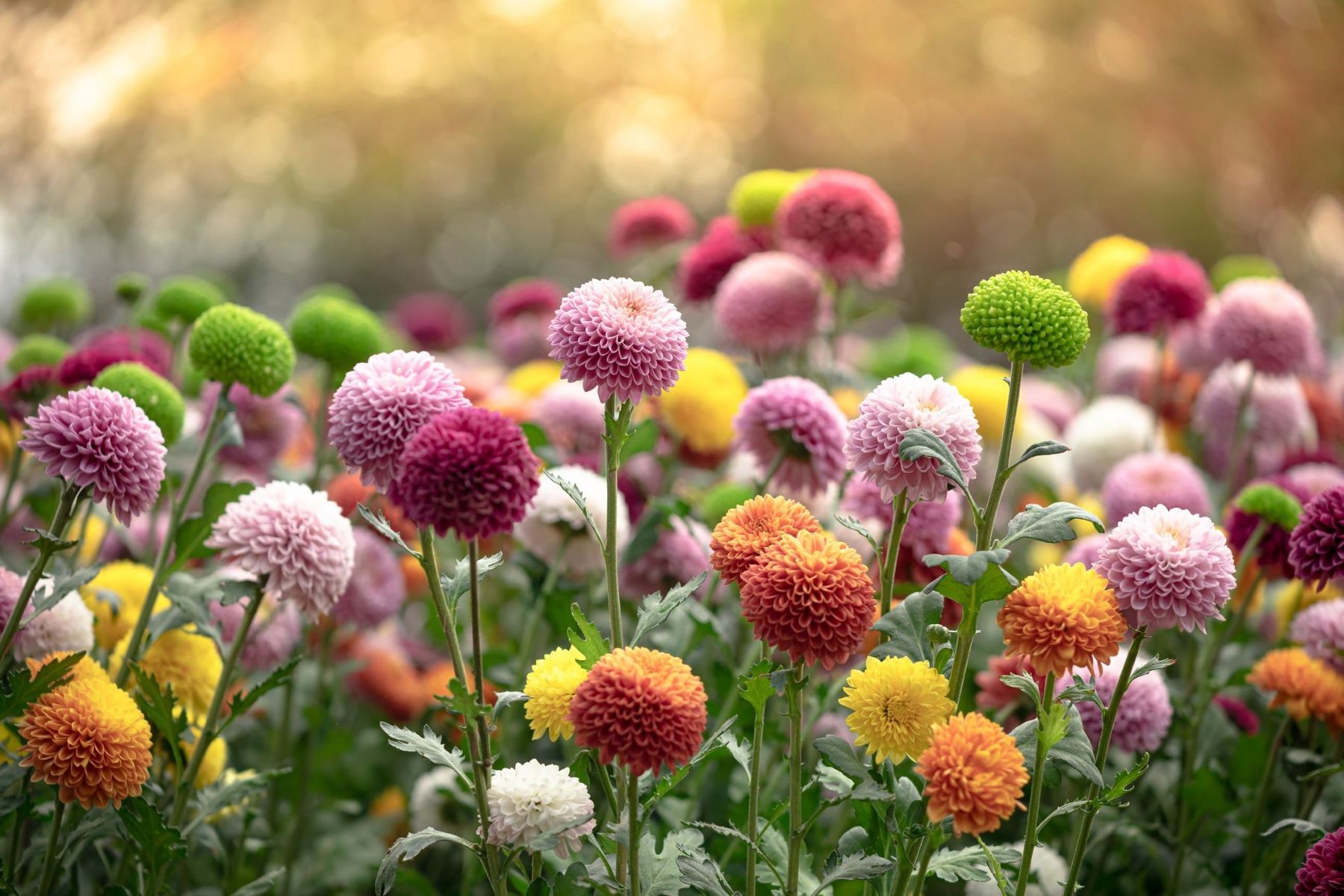
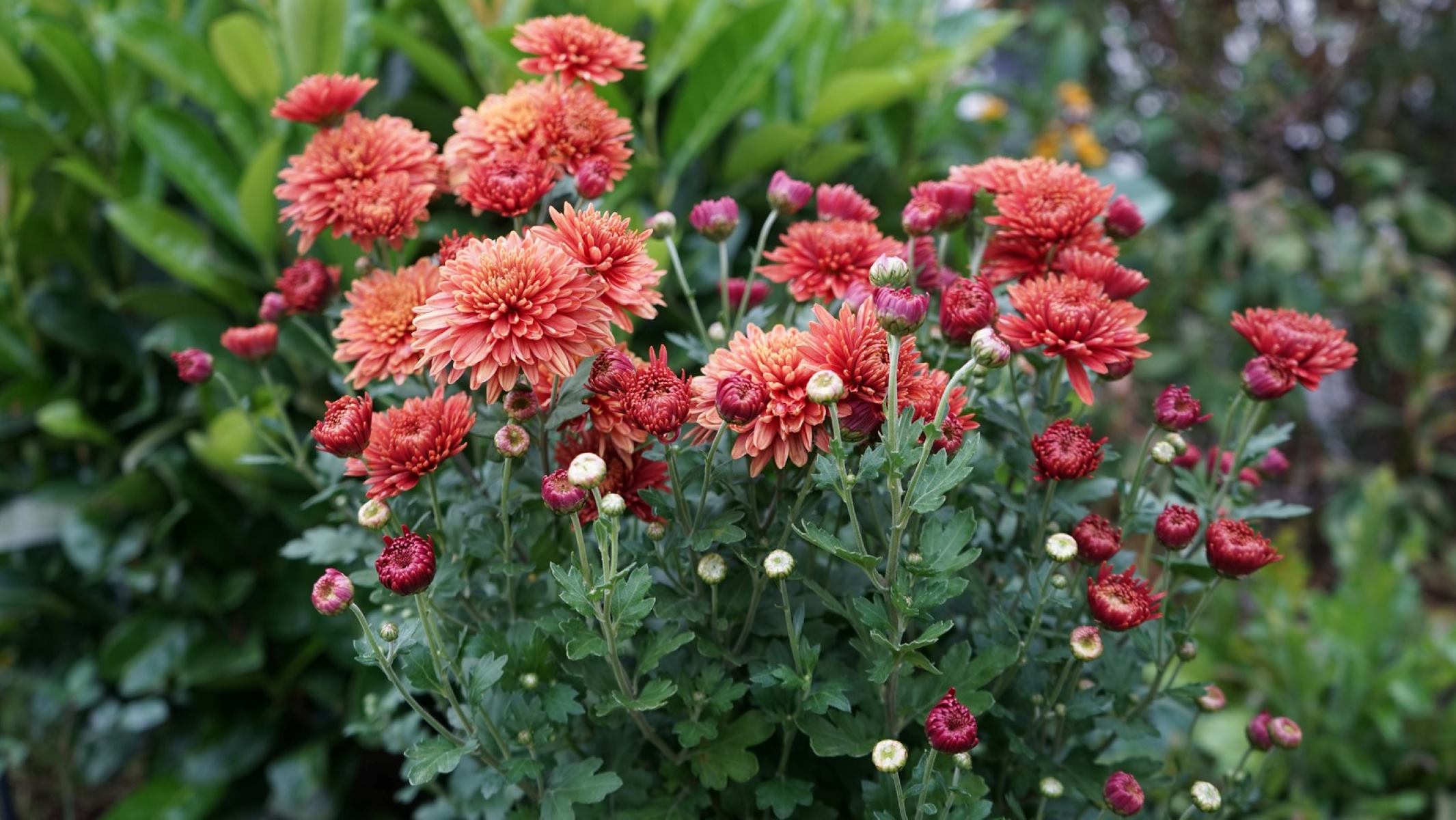
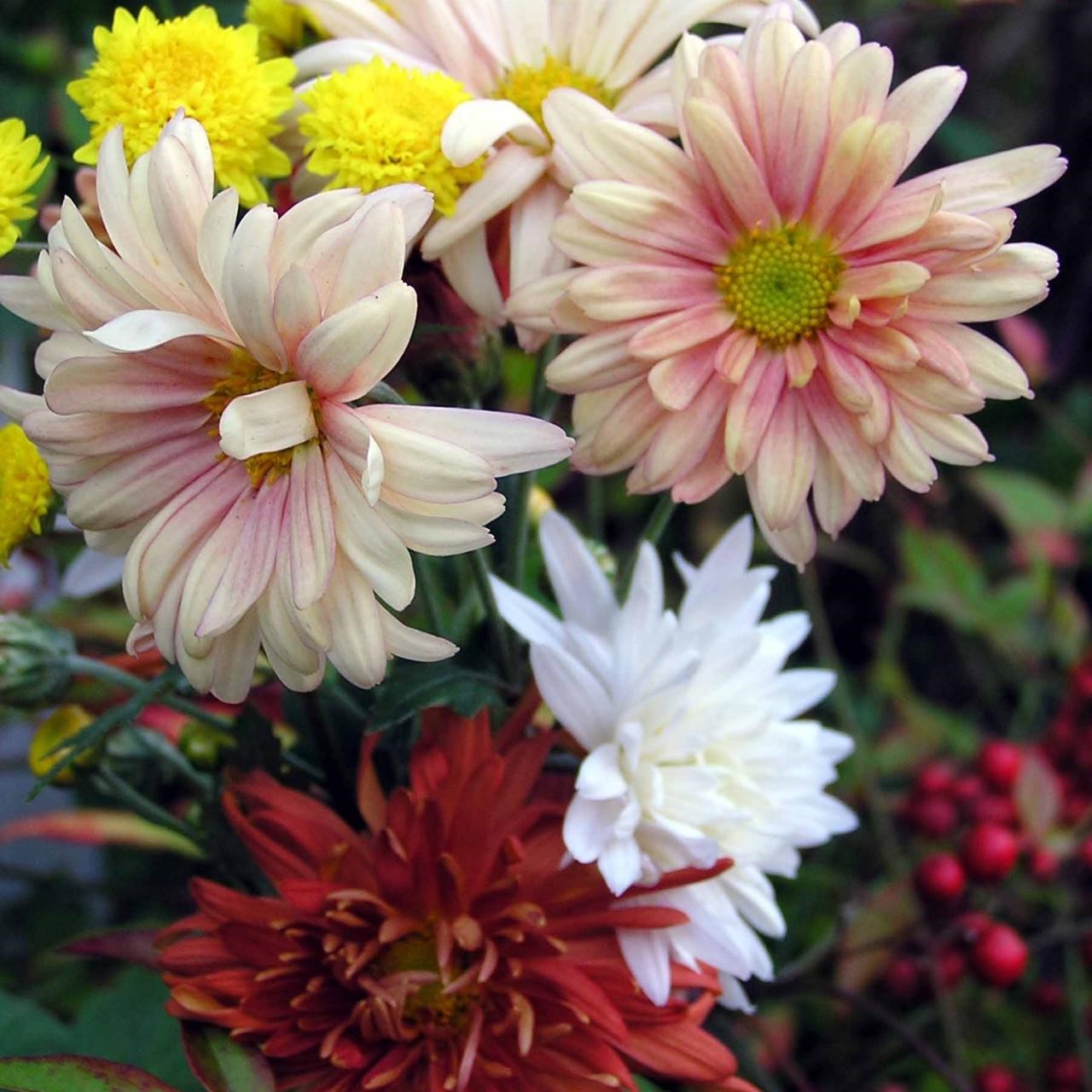
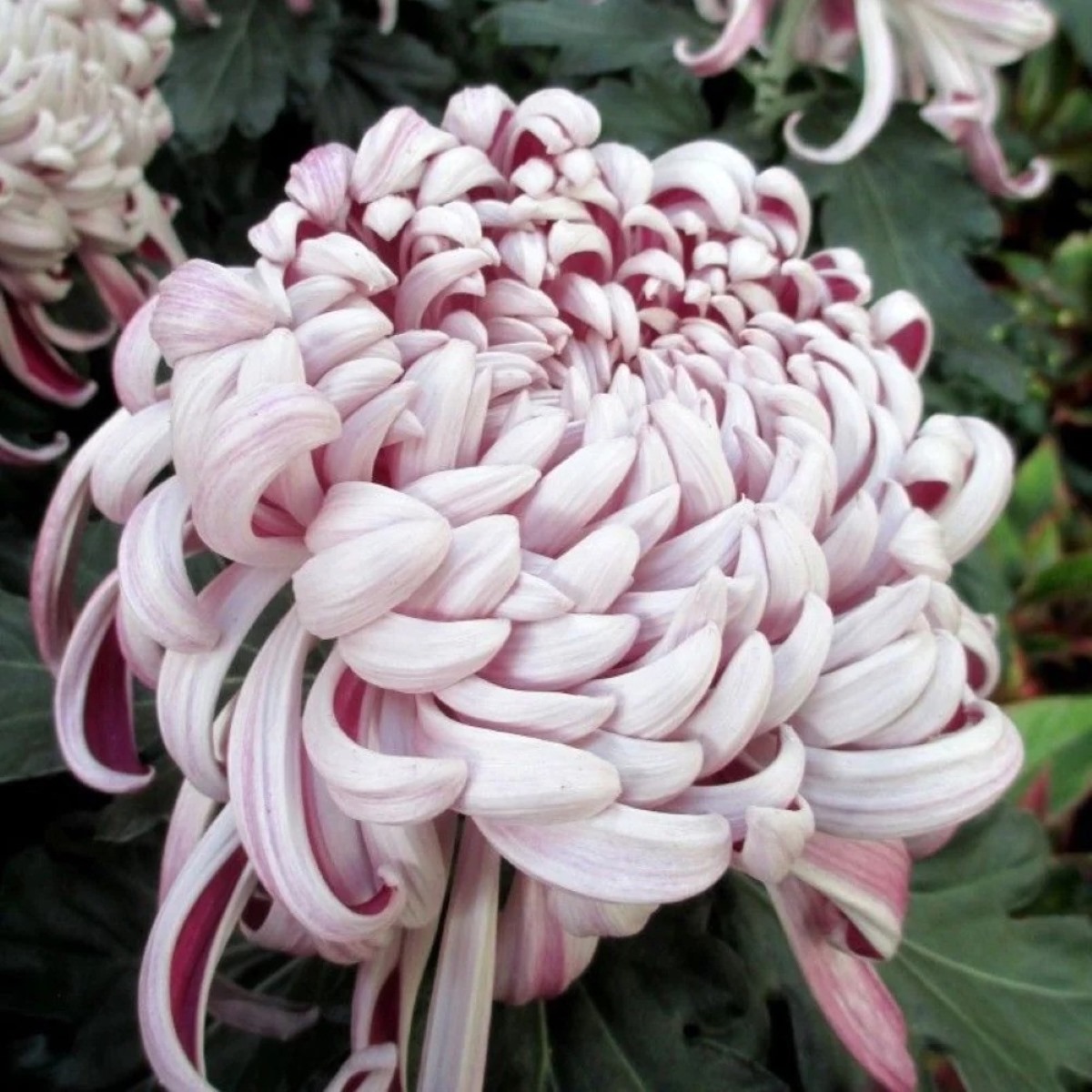

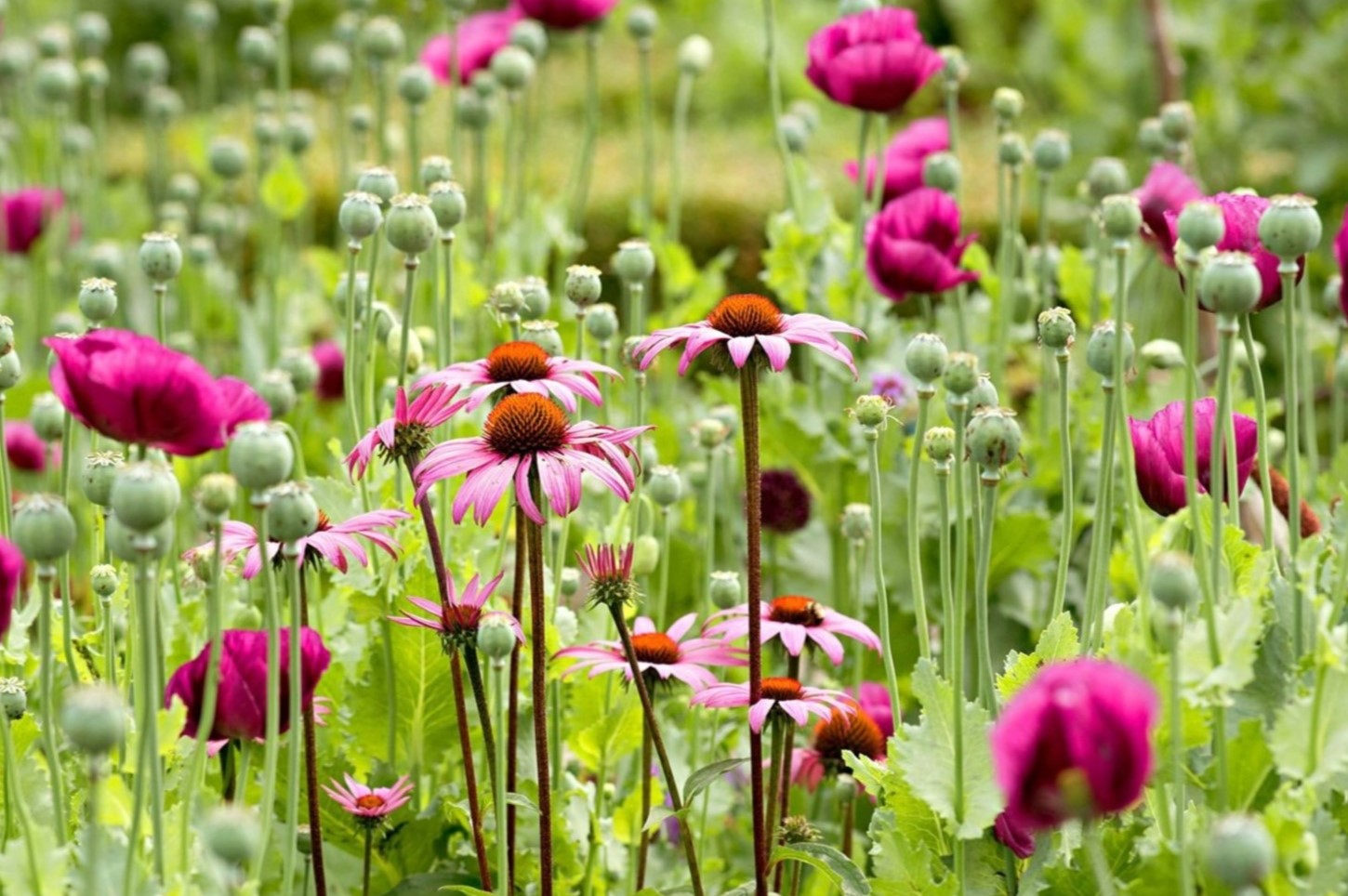
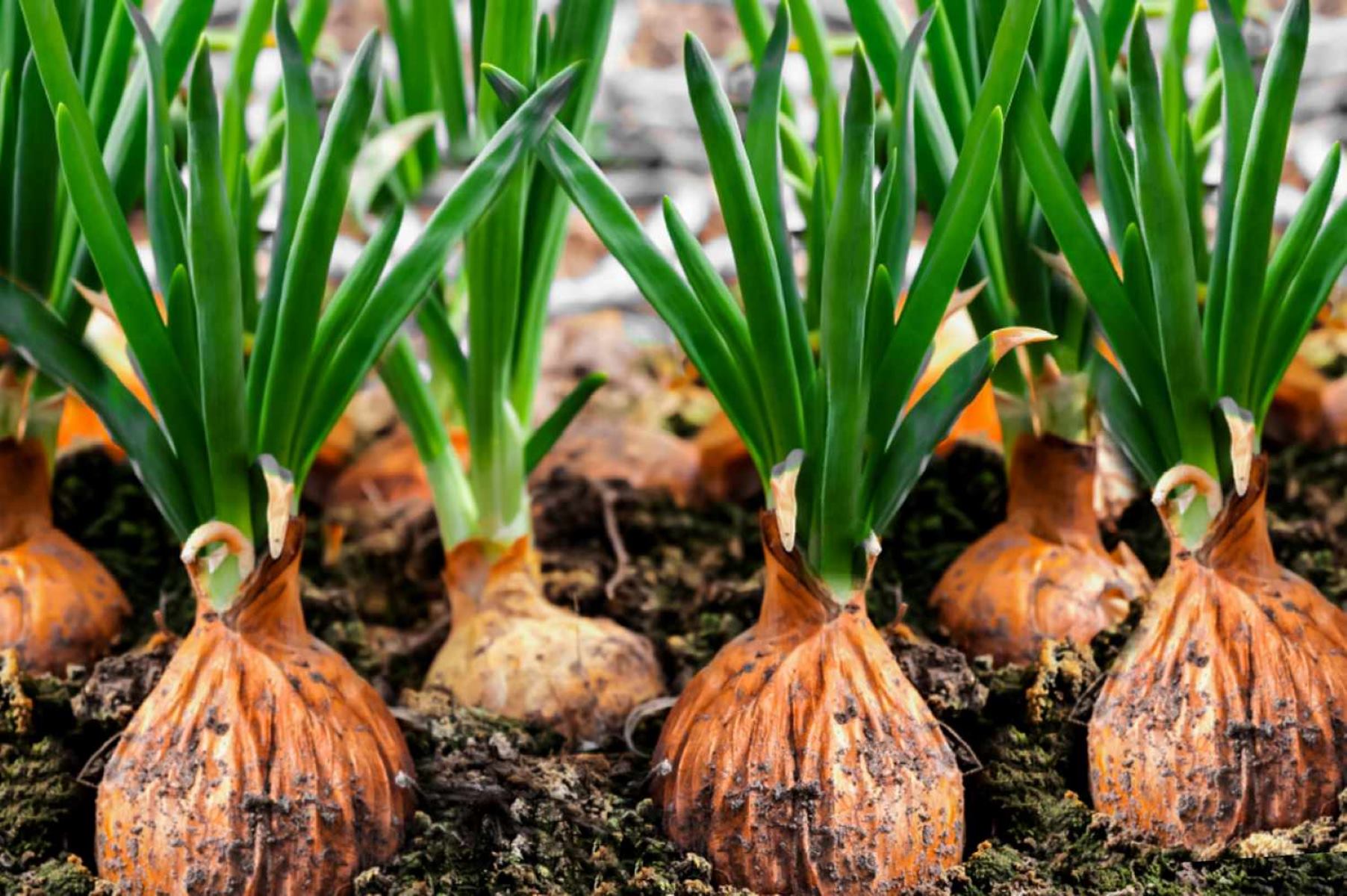
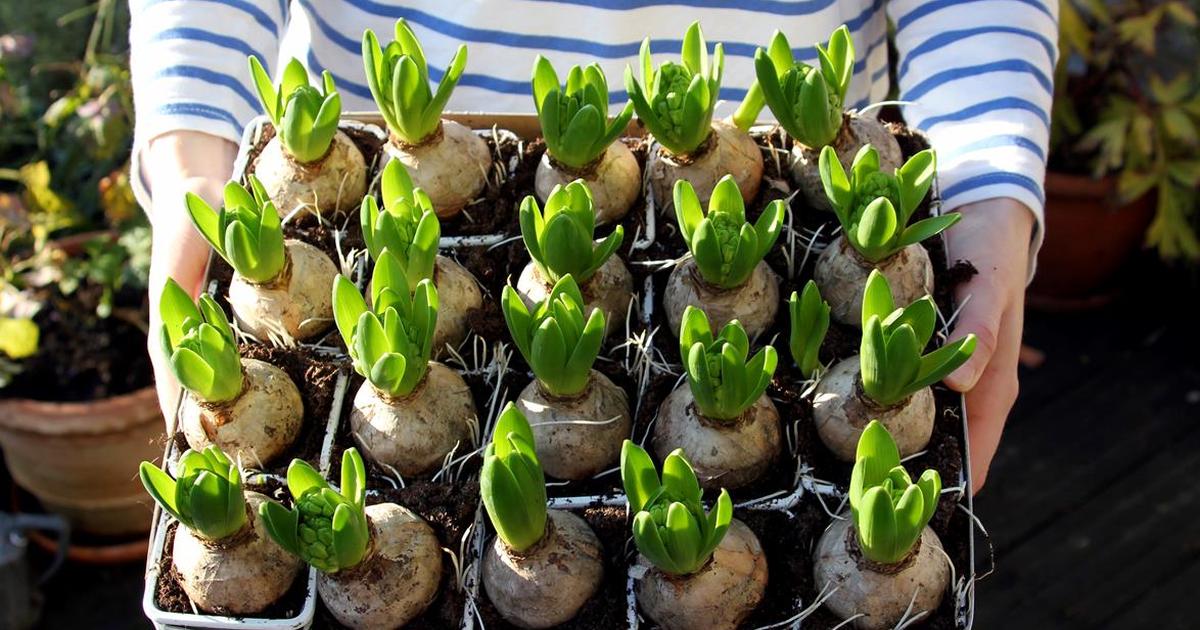
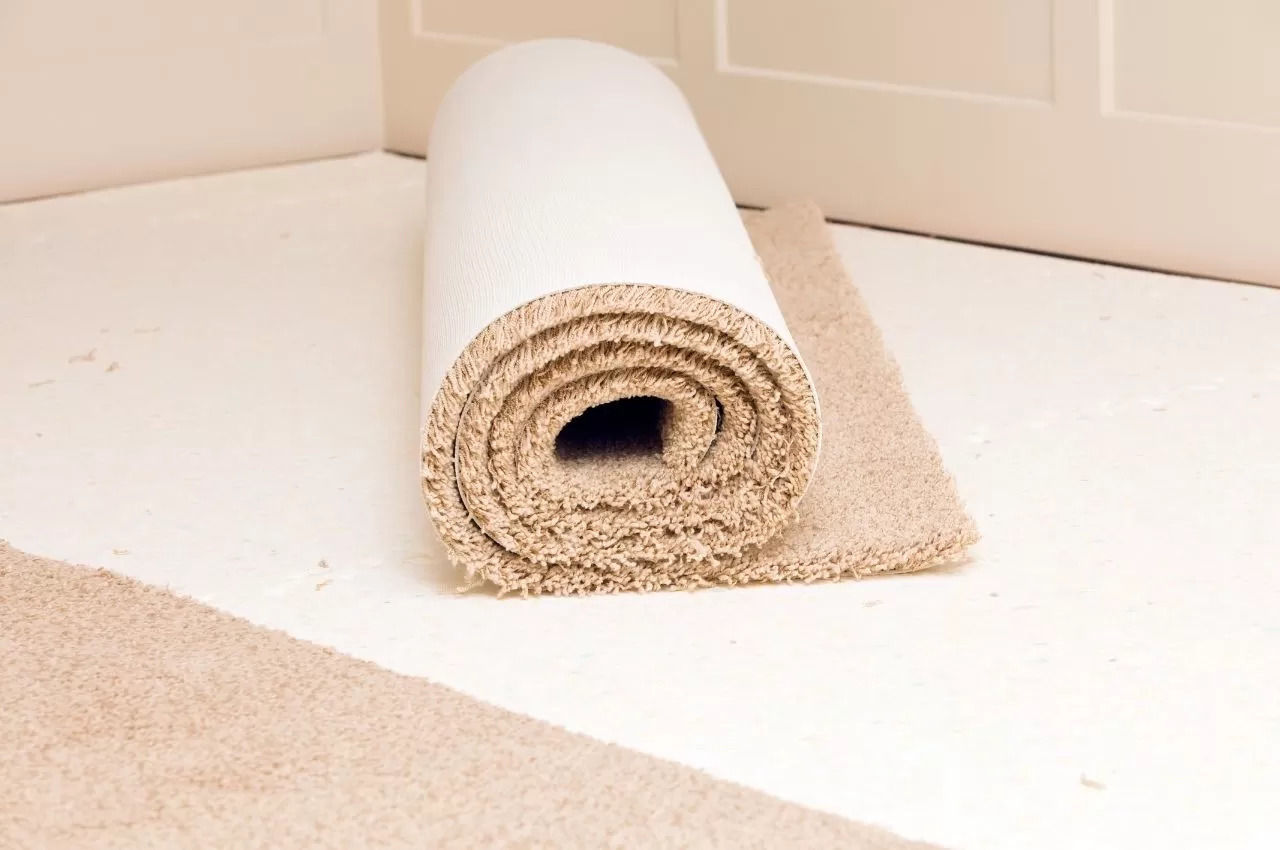
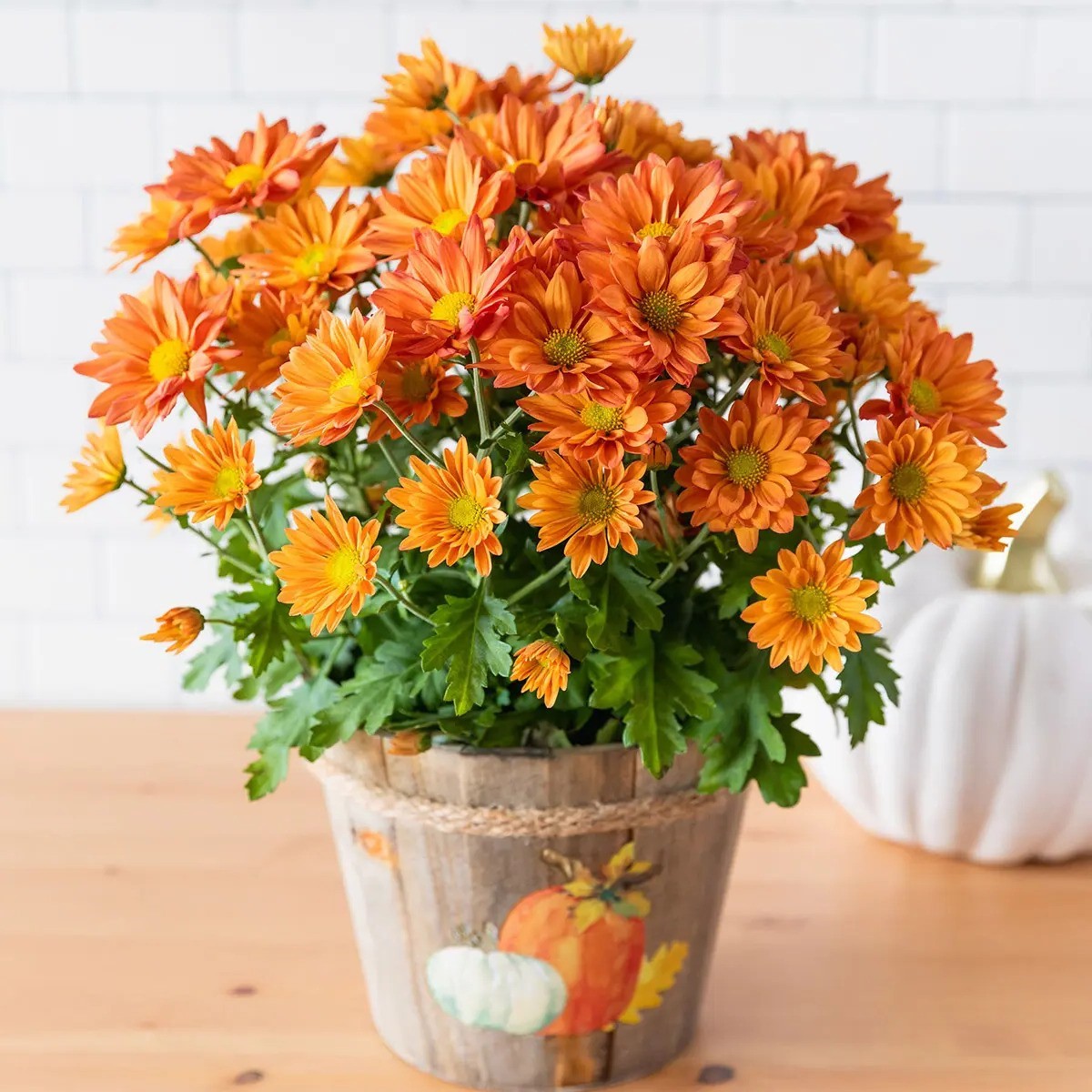
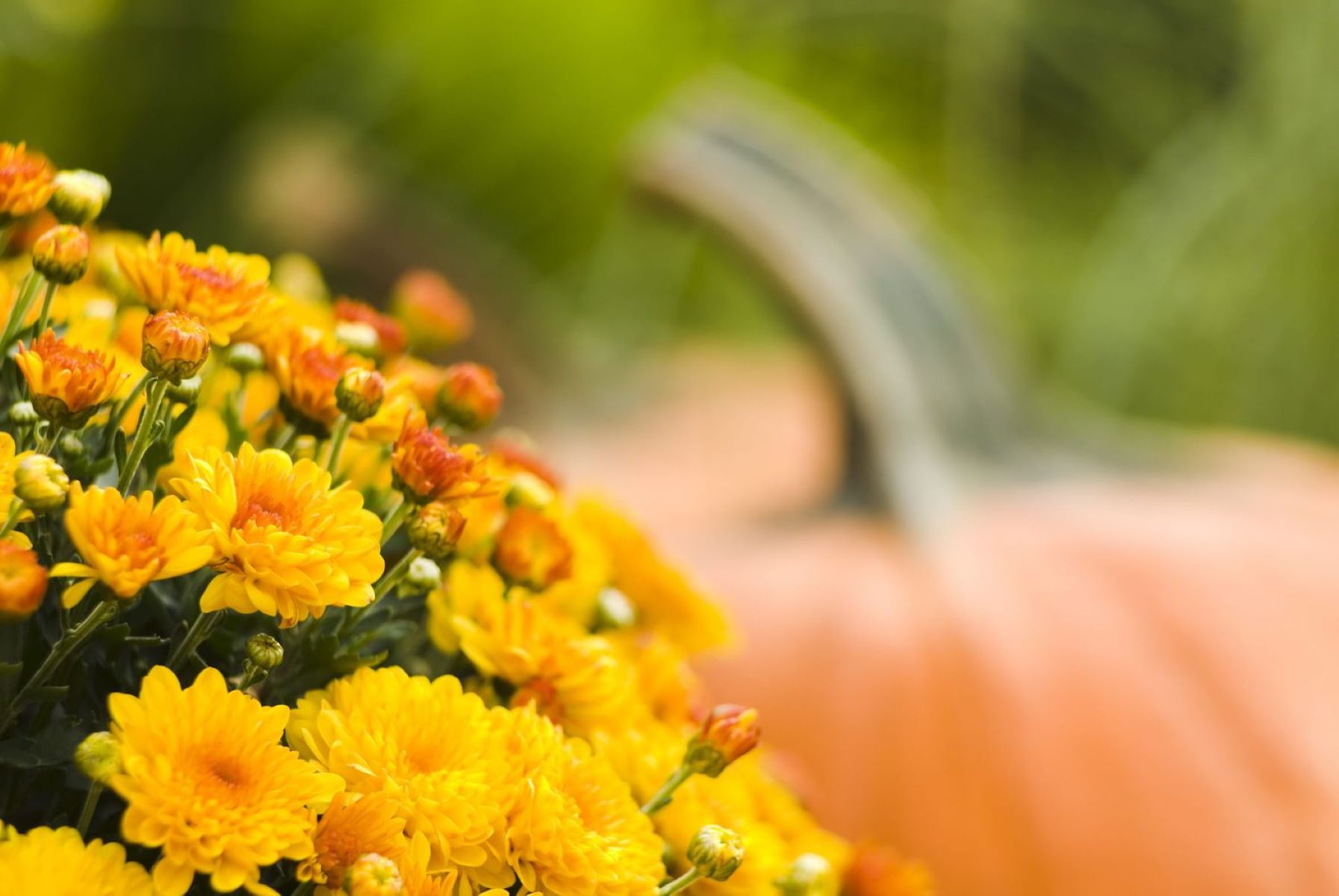
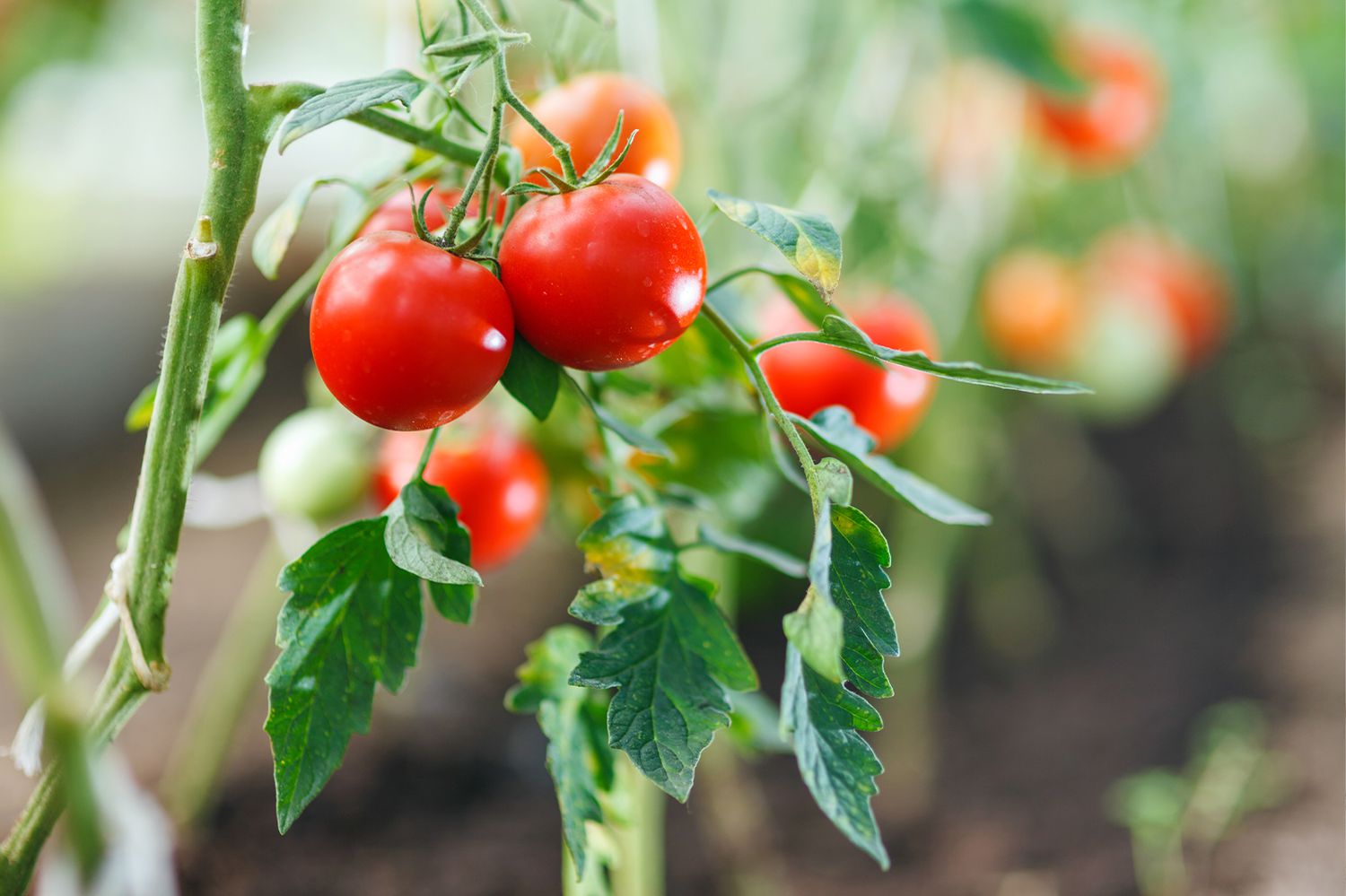
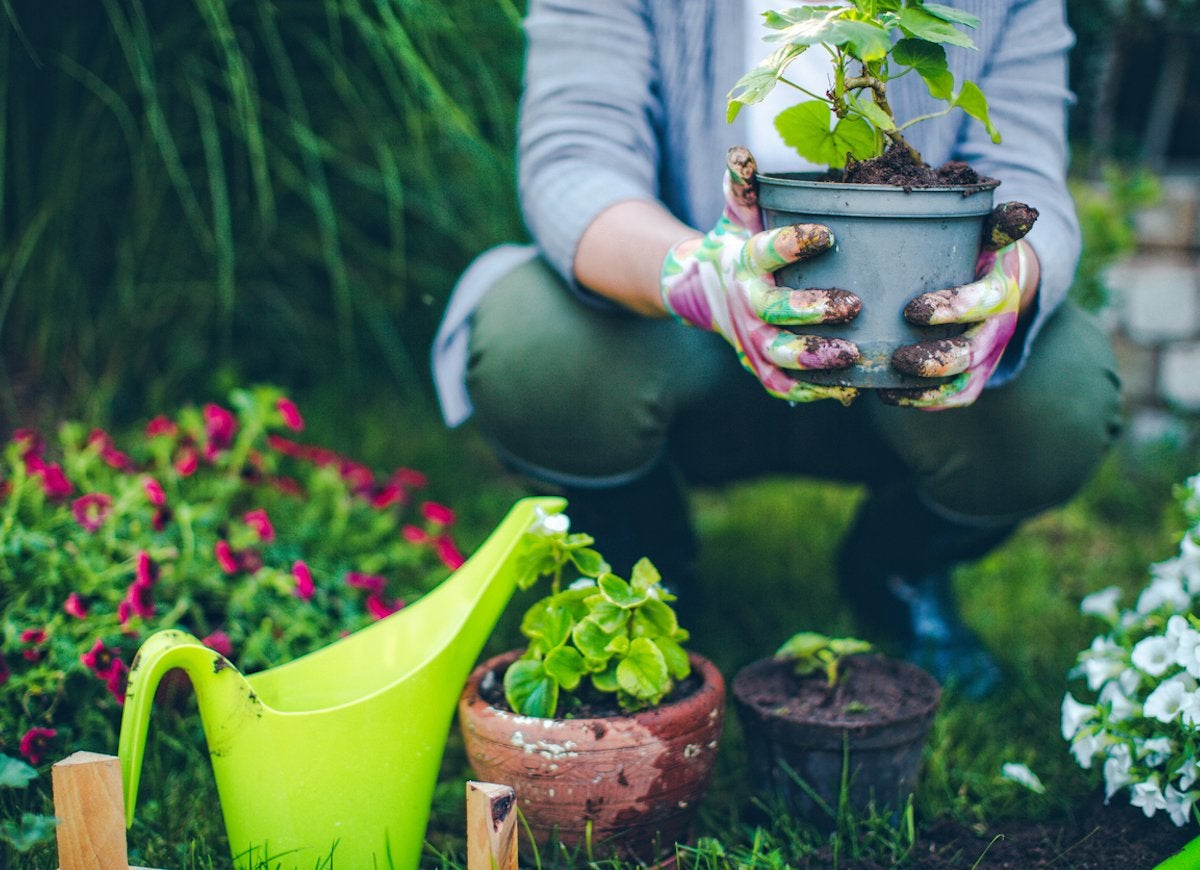

0 thoughts on “When Should I Get Mums”